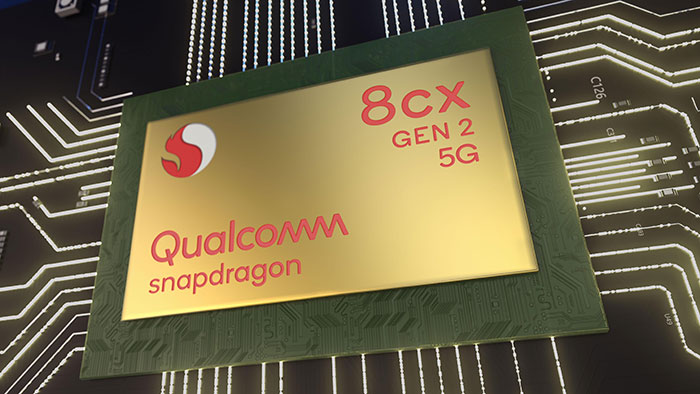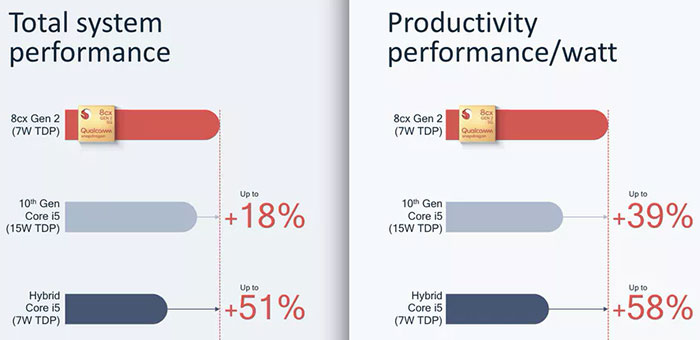Acer has launched one of the first Qualcomm Snapdragon 8cx Gen 2 5G powered laptops. The new Acer Spin 7 is a convertible, as the name would suggest, with a 360 degree hinge. It is a thin and light 14-inch design that is just 15.9mm thick and 1.4kg in weight. However, perhaps the most interesting thing about the machine is what is within the magnesium-aluminium chassis; the Qualcomm Snapdragon 8cx Gen 2 5G compute platform.

"We envision notebooks of the future to provide exceptional productivity and portability with human-centric design, ultra-long battery life, blazing-fast 5G connectivity and beyond," said Jerry Kao, Co-COO, Acer Inc. "The new Acer Spin 7 is an Always On, Always Connected notebook capable of keeping up with the modern work-from-anywhere lifestyle with its sleek form factor supporting up to multi-day use on a single charge."

Qualcomm's latest PC processor is said to enable both premium entertainment experiences and extreme battery life - up to two fully active days according to the PR blurb. But what of performance - something that was an off putting factor for the first wave of SD 8cx portables? Even the Qualcomm blog is a bit vague about the uplifts you may expect. It says that "the Snapdragon 8cx Gen 2 5G delivers over 50 per cent greater system-wide performance and battery life versus competing solutions," but doesn't namecheck those systems. The slide below gives a better idea, perhaps, but it looks like another product which needs the scrutiny of third party reviewers for good comparisons and clear evaluation.

If the performance holds up there are two major benefits of Qualcomm's latest SoC; firstly it offers 'multi-day' battery life (which is a quoted 25 hours of continuous use), and it brings always-on 5G connectivity to mobile PC users. The SD 8cx Gen 2 supports 5G connectivity through both Sub-6 GHz and 5G mmWave, for multi-gigabit speed and stability, as well as Wi-Fi 6.
Other attractive features of Qualcomm's latest PC SoC include:
- Qualcomm Aqstic echo cancellation and noise suppression (ECNS)
- Qualcomm Spectra ISP for image processing
- Dual 4K display support via single Type-C cable
- The Qualcomm AI Engine
- Security: support for Microsoft Secured Core PC and Windows Hypervisor

Moving our focus back to the Acer Spin 7, there are more features of this device worth mentioning. Starting with the screen, Acer uses an FHD IPS touch panel which covers 100 per cent of the sRGB gamut. The folded and tent modes make it useful for notetaking, for example. Further enhancing the note taking functionality there is the Acer Active Stylus using Wacom AES 1.0 technology. For robustness and protection, the screen has a layer of antimicrobial Corning Gorilla Glass - and the keyboard, touchpad and surrounding surfaces have a silver-ion antimicrobial agent coating.
Pricing and availability of the Acer Spin 7 varies by region.






